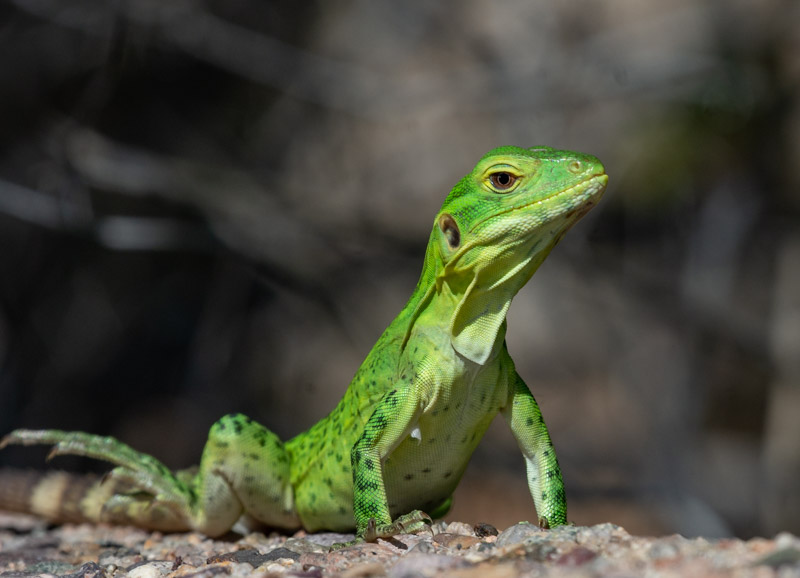By Dan Weisz
On the first Saturday of October every year, photographers around the world meet up at a designated location in their town to walk around and take photographs as part of Scott Kelby’s Worldwide Photowalk. This was the 11th year of an annual event that supports The Springs of Hope Kenya Orphanage. Walks are held in almost 1000 cities around the world and I participated in one of the two available in Tucson, at the Arizona Sonora Desert Museum.
A Gila Monster was brought out by the Education Department and placed in an outdoor courtyard near the Art Institute for us. The Gila Monster is one of only two species of venomous lizards. They spend as much as 98% of their time underground and surface occasionally in the spring or summer.
https://www.desertmuseum.org/kids/oz/long-fact-sheets/Gila%20Monster.php
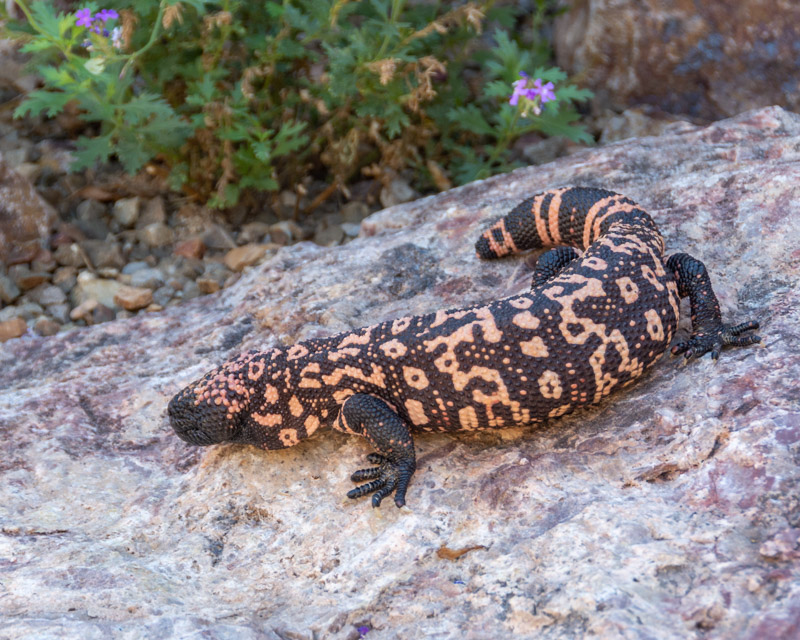
Gila Monsters are venomous but usually not aggressive. Those claws are made for digging. You can clearly see the ‘beaded’ skin on this one. Don’t let that smile talk you into picking one up!
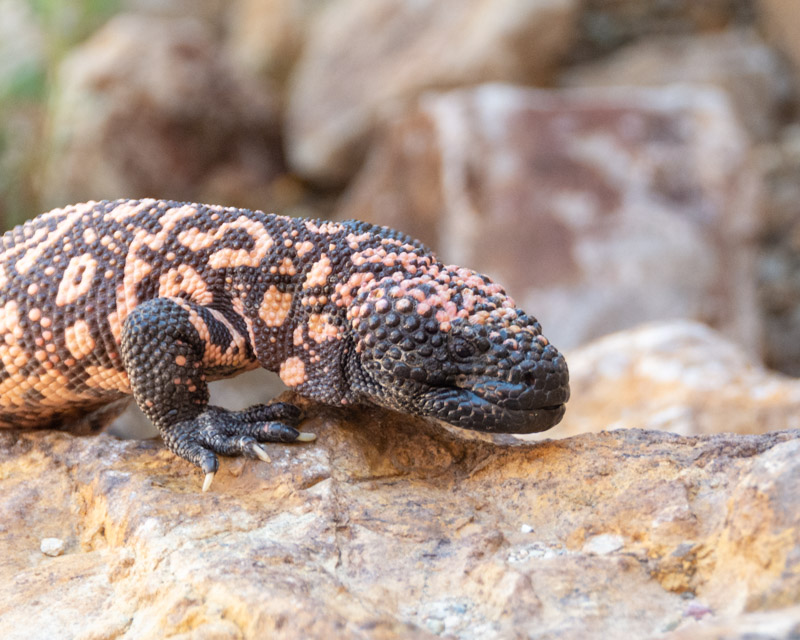
Since its inception, the Desert Museum has had a mountain lion as its iconic symbol. Adopting orphaned lions not suitable for release into the wild, the Desert Museum brought this one to their collection in 2013. “Cruz” was a young cub at the time, weighing about 15 pounds and now, as an adult, probably weighs ten times that. This photo shows him in his favorite resting spot in his enclosure. I imagine that there are several millions of these exact same photos floating around the world, but this one is mine!
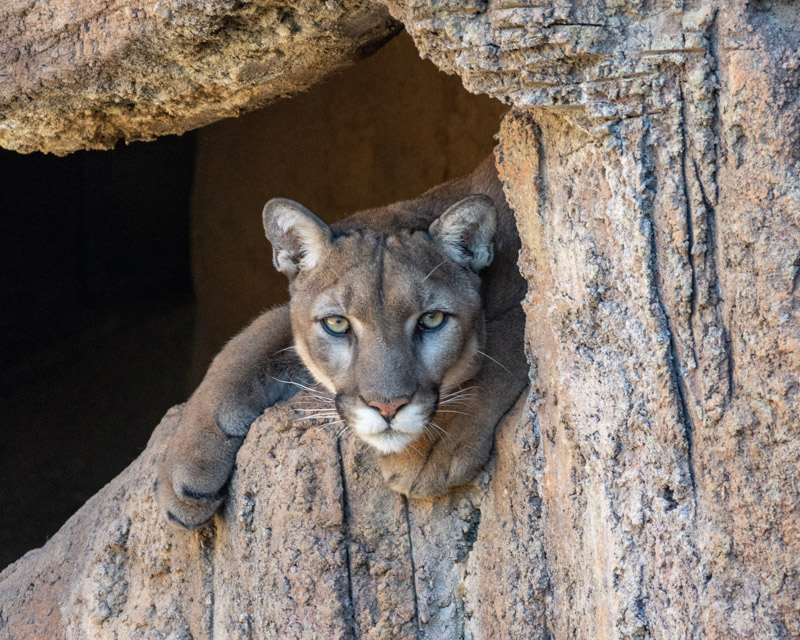
And Cruz reminds us of what could be.
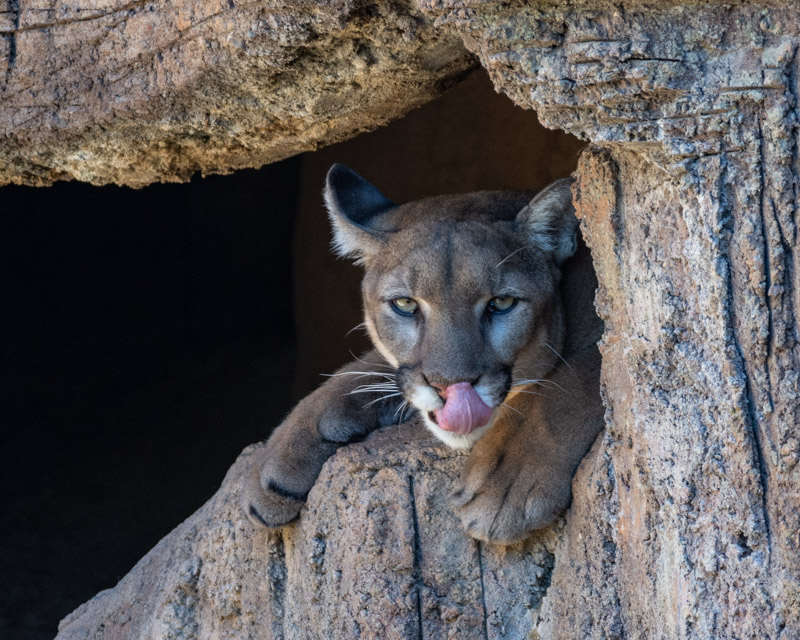
A Gulf Fritillary Butterfly feeds on a Mexican Bird of Paradise flower. Compare its underwing pattern in the photo below to the upper wing photo that follows.
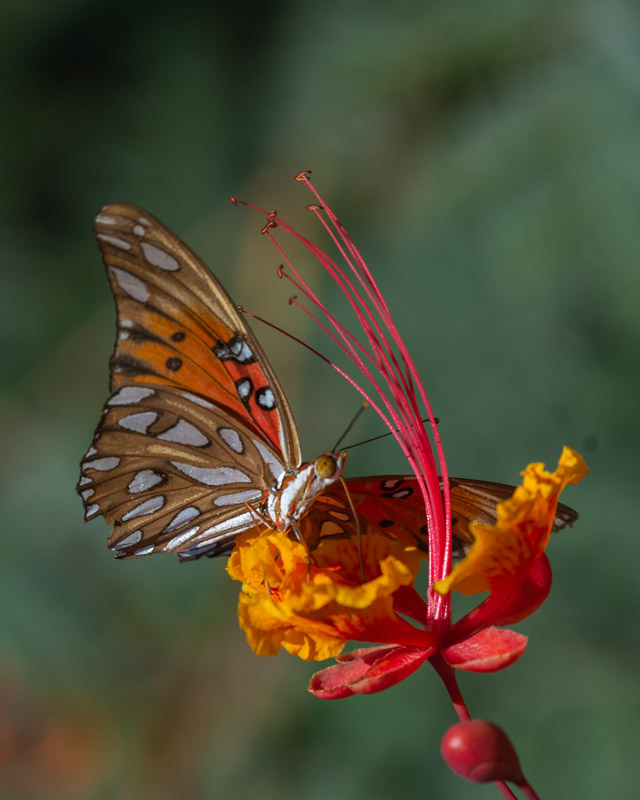
The upper wing pattern of the Gulf Fritillary.
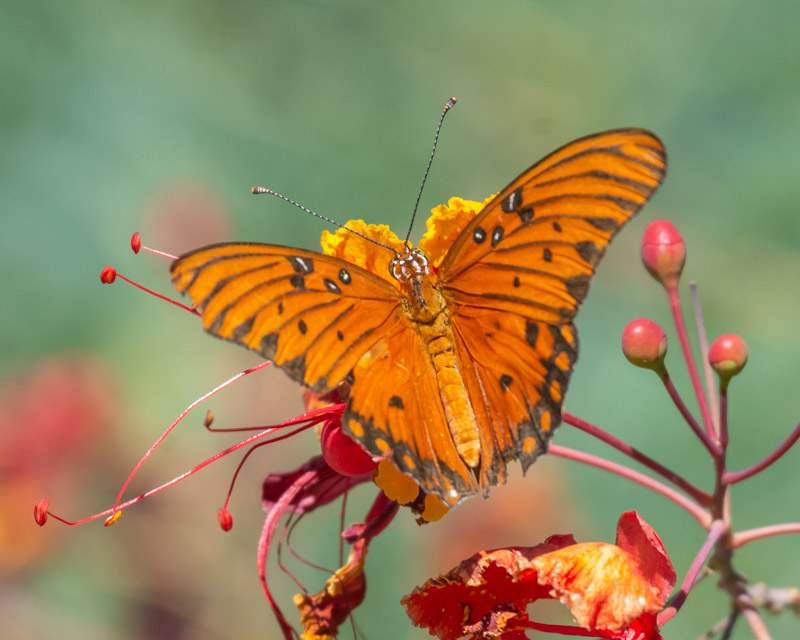
Yellow on yellow.
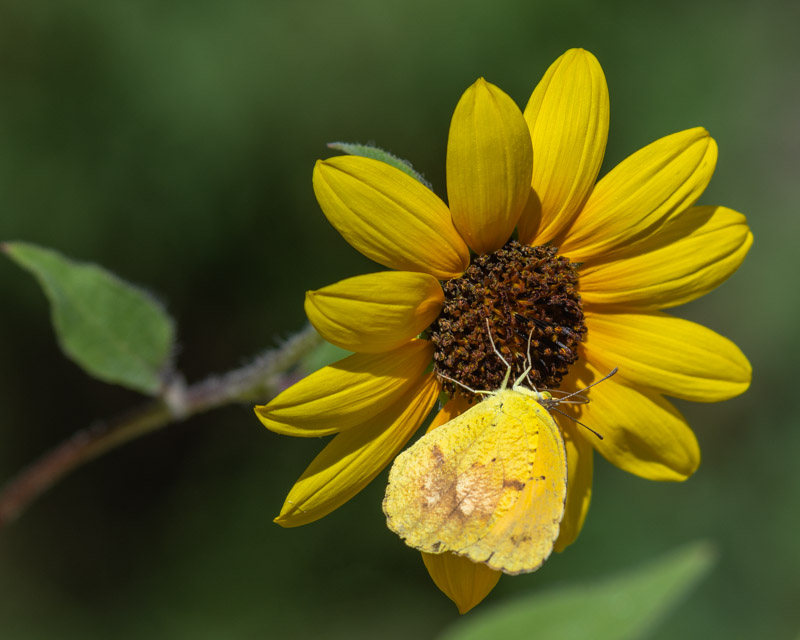
Large Spiny-tailed Iguanas inhabit the grounds of the Desert Museum. They are not native to this area but a pair (or more) were released by staff in the mid ’70’s and have bred successfully since then with the current population in the dozens. Originally from San Esteban Island in the Sea of Cortez (still the Sonoran Desert region), the iguanas have not spread into the neighboring desert here despite fears, perhaps because the museum grounds provide the perfect habitat (rich in water and food) that the surrounding desert does not. Visitors often see the adult Spiny-tailed Iguanas out on rocks sunning themselves. The iguana’s body is about 12” long with an equally long tail. Adults are a colored brown/gray with a banded tail. The young iguana below is a brilliant green color but its tail is the same color that adults’ tails are. This young lizard was about six inches long (not counting its tail).
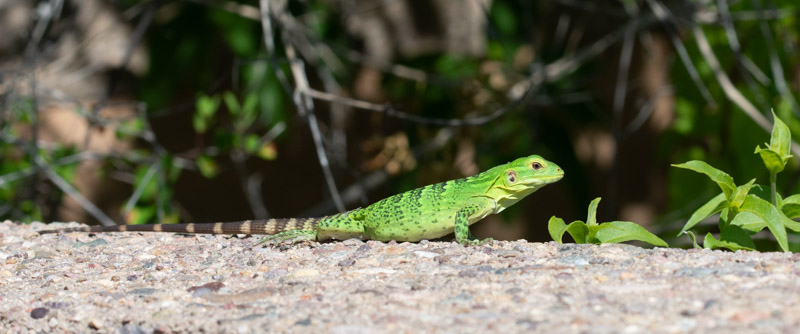
The iguana ran across my path on my way out of the museum. It was a fitting end to a good morning. In between eating ants, he seemed to be bidding me farewell.
